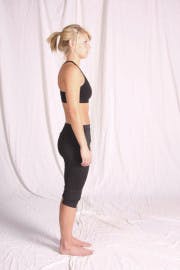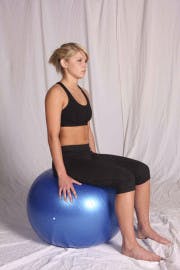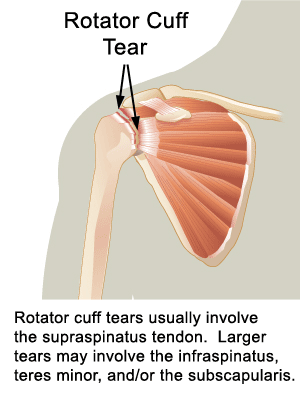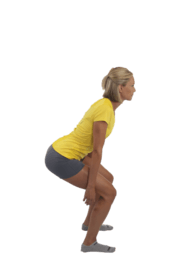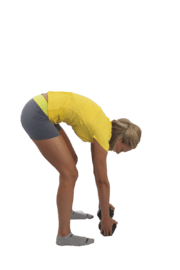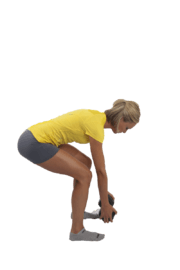Disclaimer: Information about COVID-19 is rapidly changing. The information below may not be correct, complete, accurate, and/or may have changed without notice. It's important to get your information from a trusted source. As such, we recommend you frequently visit the Centers for Disease Control and Prevention at https://www.cdc.gov/covid-19 for the most recent developments and advice.
What are we doing to make your appointments as safe as possible?
- Our staff members disinfect each treatment table before and after each patient as well as any of the equipment, surfaces, and areas of the clinic that were used. In addition, we are regularly performing an overnight cleaning of the entire facility.
- We are educating our company staff about COVID-19 from trusted sources such as the CDC.
- We highly recommend that patients use hand sanitizer and/or wash their hands before and after each treatment or handling any paperwork as well as upon leaving our facility.
- In an effort to reduce the number of people that are entering/leaving our facility, we ask that if possible, have your loved ones that are with you wait in the car and avoid the waiting area.
- Each patient is required to fill out at COVID-19 questionnaire to ensure those who have traveled to higher risk areas and/or have some symptoms stay at home and avoid exposure to the clinic and other patients.
- We ask that you bring your own water as our water fountain will not be available for the time being.
- All windows and doors will be propped open when possible.
- We are no longer using soft surfaces such as foam rollers, cloth-based surfaces and objects with foam handles as those cannot be disinfected properly.
If I have shortness of breath, a cough, or a recent fever, should I come in for my regularly scheduled therapy session?
No, stay home if you are suffering from a cough or shortness of breath. Please notify us as soon as possible. You will not be charged a cancellation fee.
If you have had a fever, wait for 24-hours from the time your fever ended to attend a therapy treatment session at our office.
Will I be assessed a cancellation penalty if I cancel due to the COVID-19 outbreak?
You will not be assessed a cancellation fee if you are experiencing any symptoms of COVID-19 or have to take care of someone due to unforeseen circumstances due to the outbreak.
What should I do if I think I am sick?
Click here for a detailed list of steps to prevent the spread of COVID-19 if you are sick or suspect you are infected with the virus.
In short:
- Stay home
- Avoid public areas
- Avoid public transportation
- Stay away from others
- Limit contact with pets and animals
- Call ahead before visiting your doctor
- Wear a facemask
- Cover your coughs and sneezes
- Clean your hands often
- Avoid sharing personal household items
- Clean all high-touch surfaces
- Monitor your symptoms
What can I do to protect myself and family?
- Cover your coughs and sneezes and immediately wash your hands with soap and water for at least 20 seconds. If soap and water are not available, clean your hands with an alcohol-based hand sanitizer that contains at least 60% alcohol.
- Clean your hands often.
- Avoid touching your eyes, nose, and mouth with unwashed hands.
- Avoid sharing personal household items such as dishes, drinking glasses, cups, towels, or bedding.
- Clean all "high-touch" surfaces every day.




